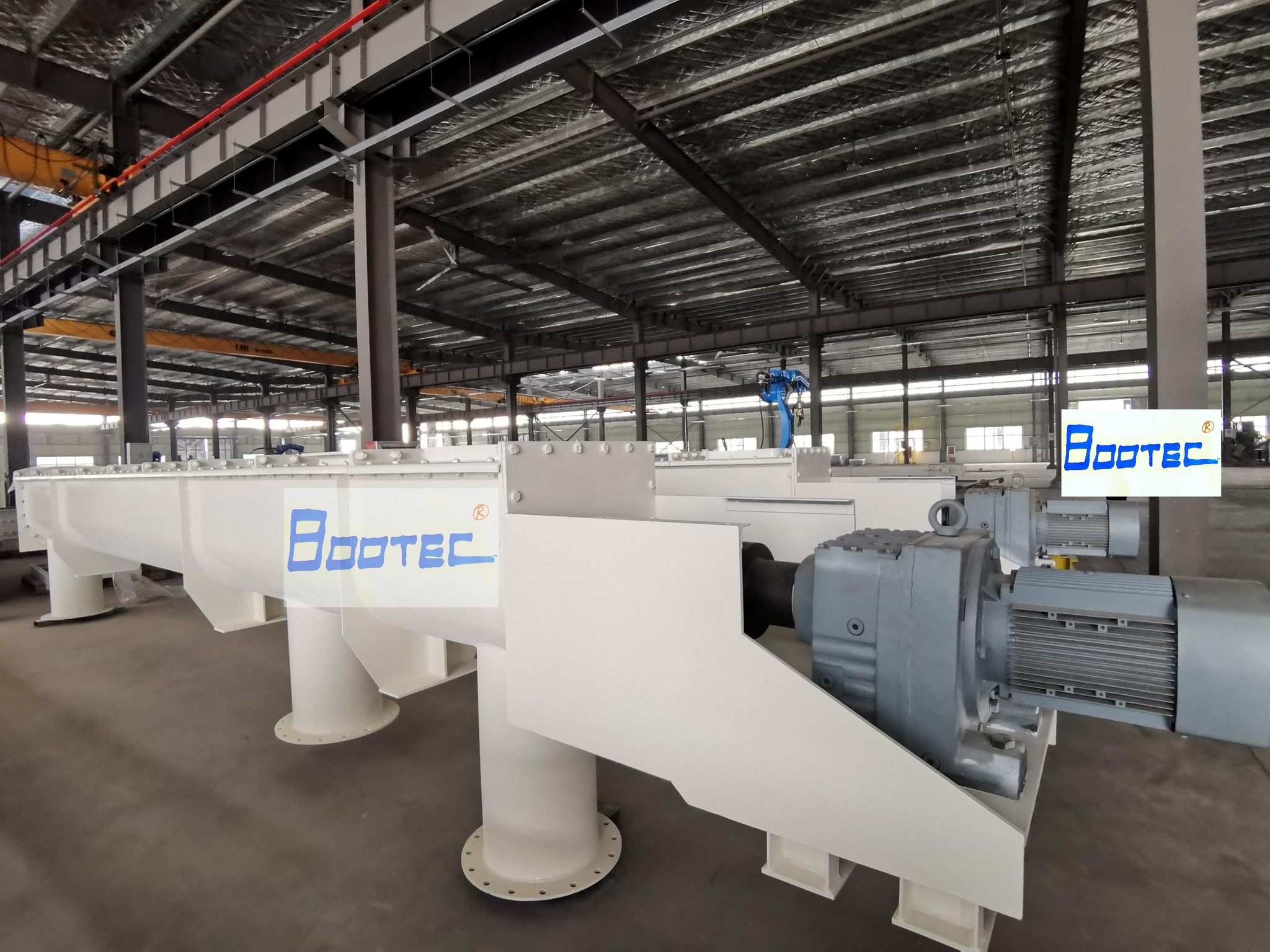
2 wave expansion joint Size 400*400
Metal expansion joints, often featuring bellows or corrugated sections, are essential for conveying systems, absorbing thermal expansion and contraction, and preventing structural damage, especially in piping, ducts, and vessels.
Here’s a more detailed explanation:
What are Metal Expansion Joints?
Function:
Metal expansion joints are designed to accommodate movements caused by temperature changes, pressure fluctuations, or vibrations within a system.
Construction:
They typically consist of one or more metal bellows (corrugated sections) connected to flanges or welding ends.
Materials:
Common materials include stainless steel, which offers strength, flexibility, and corrosion resistance, and PTFE for applications with corrosive media.
Types:
• Axial: Absorb movement along the axis of the pipe or duct.
• Lateral: Accommodate movements perpendicular to the axis.
• Universal: Can absorb movements in multiple directions.
• Rectangular: Used for conveying fumes or steam in specific applications.
• Pressure Balanced: Designed to withstand pressure thrust.
Applications:
• Piping Systems: Accommodate thermal expansion and contraction in pipelines conveying hot or cold water, steam, or other fluids.
• Ductwork: Absorb movement in duct systems for ventilation, air conditioning, and other applications.
• Vessels: Compensate for thermal expansion and contraction in tanks, reactors, and other containers.
• Machinery: Absorb vibrations and movements in equipment like pumps, motors, and engines.
Benefits:
• Prevent Structural Damage: By absorbing movements, expansion joints prevent stress on pipes, ducts, and vessels, which can lead to cracks, leaks, or failures.
• Maintain System Integrity: They ensure that the conveying system remains functional and reliable over time.
• Reduce Noise and Vibration: By absorbing vibrations, expansion joints can help reduce noise and vibration in the system.


